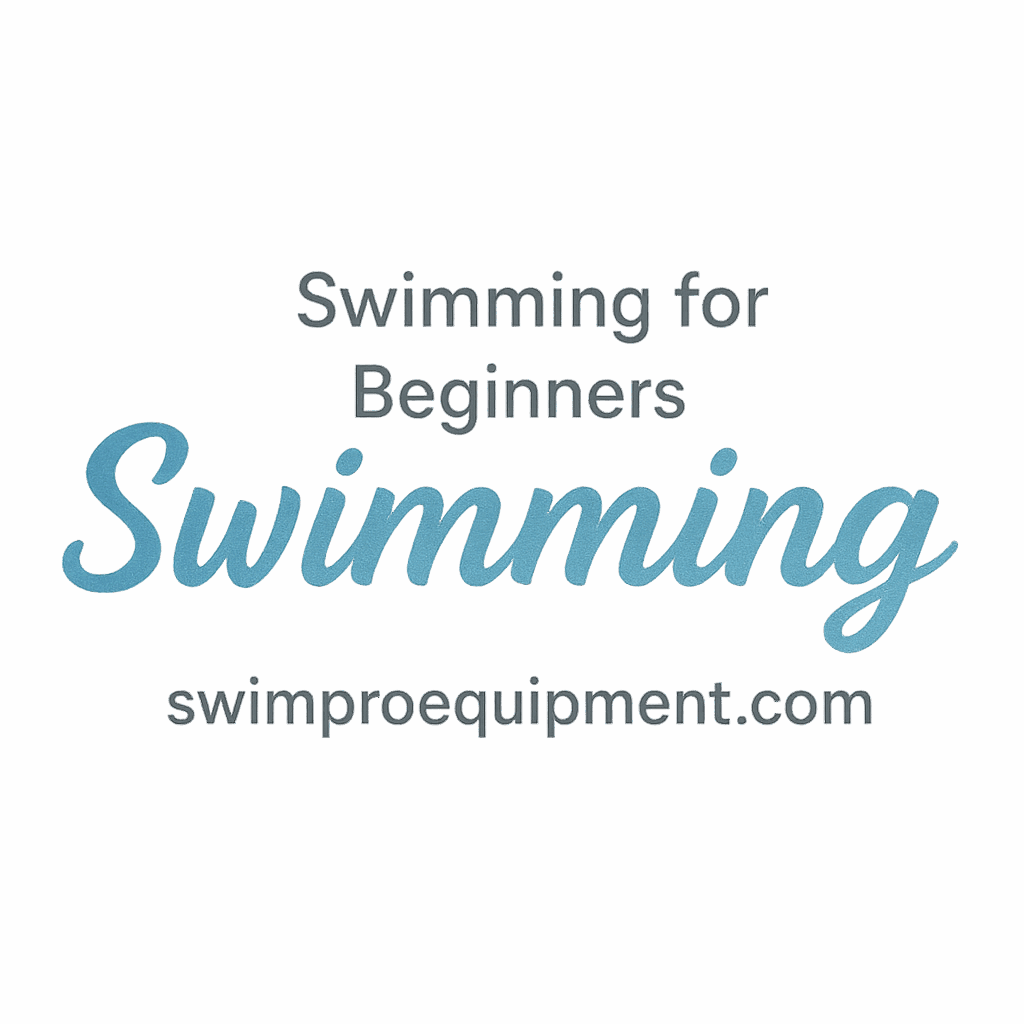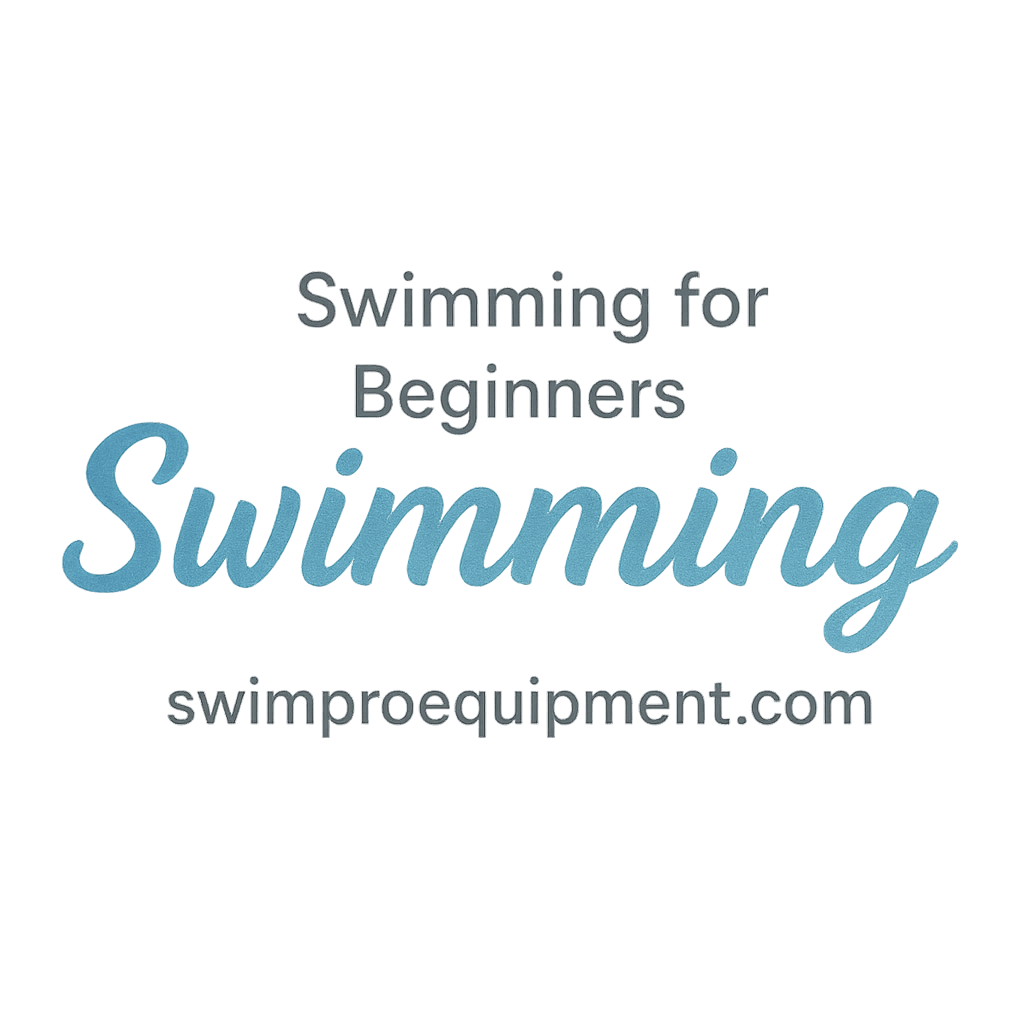Introduction
Swimming is a full-body workout that improves cardiovascular health, endurance, strength, and flexibility. Whether you’re swimming for fitness or preparing for competition, measuring your progress is essential to stay motivated and ensure you’re improving. Without regular check-ins, it’s easy to feel like you’re stuck in a rut, even if you are making small gains.
Fortunately, there are several straightforward and effective ways to track your swimming progress. This guide will cover 7 ways to measure swimming progress easily, from timing your laps to monitoring stroke technique and using technology. Let’s dive in!
1. Tracking Lap Times
One of the most straightforward ways to measure your swimming progress is by tracking your lap times. This is especially helpful for swimmers looking to improve their speed. By noting how long it takes you to swim a set distance, you can determine whether you’re getting faster over time.
Use a Stopwatch or Smartwatch
The easiest way to track lap times is by using a stopwatch or a smartwatch with swim tracking capabilities. Many smartwatches are equipped with advanced sensors to automatically track your lap times, stroke count, and distance swum. This allows you to focus on your performance without worrying about timing yourself.
Consistency in Lap Time Tracking
Consistency is key when tracking lap times. It’s important to measure your lap time regularly—ideally, after every session or every few sessions—to get a true sense of progress. Try to keep track of your times in a swim log or digital tool like Swim Pro Equipment’s Tracking to identify trends over time.
2. Monitoring Stroke Technique
Your swimming technique is just as important as your speed. In fact, proper technique can make you a more efficient swimmer, helping you to go faster without burning extra energy. Monitoring your stroke technique can be a great way to measure progress.
Focus on Stroke Count
One important metric to track is stroke count—the number of strokes it takes you to swim a lap. A lower stroke count usually means you’re becoming more efficient. With improved technique, you should be able to maintain speed while taking fewer strokes. This is a sign of progress and better form.
Breathing Technique
Another key area of improvement is breathing technique. As you become a more skilled swimmer, you should be able to breathe more naturally and efficiently while swimming. This improvement will not only help you swim faster but will also reduce the overall effort needed to maintain your pace.
3. Tracking Distance Swum
If you’re looking to increase your stamina and endurance, tracking the distance swum can be an excellent measure of progress. The more distance you can swim without getting fatigued, the better your overall fitness.
Gradual Increase in Distance
One of the easiest ways to gauge improvement is by gradually increasing the distance you swim. For example, if you started with 500 meters per session and can now swim 800 meters, that’s a clear indication that your endurance is improving.
Measuring Effort Level
Along with the distance, it’s essential to measure the effort level during your swims. If you can swim longer distances while keeping your effort level relatively consistent, that shows an increase in fitness. You can track this using perceived effort scales or heart rate monitoring.

4. Monitoring Rest Periods
Rest periods are another crucial indicator of progress. As you become fitter, you should find that your rest periods—whether between sets or between laps—become shorter. This is a sign that your cardiovascular fitness is improving and that your body is recovering faster.
Shortening Rest Periods
By gradually reducing the amount of rest between sets, you can push yourself to improve your aerobic capacity. A swimmer who needs less time to recover between efforts is getting fitter and stronger.
Impact of Reduced Rest
Shorter rest intervals help to simulate race conditions, where recovery times are limited. This technique is widely used in competitive swimming to improve speed and endurance.
5. Recording Swim Times by Stroke
Another great way to measure progress is to track your performance by stroke type. Whether you’re swimming the butterfly, breaststroke, backstroke, or freestyle, each stroke requires a different technique and effort. Measuring progress in each stroke can highlight your areas of strength and those that need more work.
Butterfly, Backstroke, Breaststroke, Freestyle
Take note of your performance in each stroke. For example, you may be improving faster in freestyle than in butterfly. Monitoring these variations will help you understand your overall progress as a swimmer.
Identifying Strengths and Weaknesses
By recording your times in each stroke, you’ll be able to pinpoint areas for improvement. If you notice that one stroke takes more effort or time than others, it’s a good idea to focus on improving that particular stroke. For instance, check out the Swimming Basics Techniques for drills to improve your technique.
6. Tracking Heart Rate
Your heart rate is a great tool for gauging cardiovascular fitness and effort. Tracking your heart rate during swims can show you how your body is responding to exercise over time. A lower heart rate for the same effort level is a strong indicator of improved fitness.
Ideal Heart Rate Zones
Swimming in specific heart rate zones can help you track your progress. For example, if you’re training for endurance, aim to stay in the aerobic zone during your swims. Use a fitness tracker to monitor your heart rate and adjust your training intensity accordingly.
Heart Rate Variability
Tracking heart rate variability over time can help you understand how your body is adapting to your training. A more consistent heart rate with fewer spikes can indicate that you are becoming more efficient at swimming.
7. Using Swim Apps and Technology
Lastly, technology has made it easier than ever to measure swimming progress. Many apps and wearables are designed to track various aspects of your swim performance. These can be great for keeping a digital log of your progress.
Swim Apps for Tracking
Apps like SwimPro offer comprehensive features to track lap times, stroke count, heart rate, and even detailed swim analysis. By integrating technology into your training, you can get precise data and feedback on your performance.
Wearables and Fitness Trackers
Fitness trackers and smartwatches like the Garmin Swim Series or Apple Watch offer swim-specific metrics that can make tracking your progress easier. They can measure things like lap times, stroke count, and heart rate, all while you swim.
Conclusion
Measuring your swimming progress doesn’t have to be complicated. Whether you’re focusing on lap times, stroke technique, heart rate, or using wearable tech, each method provides valuable insights into your improvements. By combining these tools and tracking your progress consistently, you’ll be able to set achievable goals and keep pushing yourself toward becoming a stronger, more efficient swimmer.
Remember, swimming progress isn’t just about speed. It’s about becoming a more efficient, healthier, and stronger swimmer. Use the methods outlined in this guide to keep track of your improvements and stay motivated on your journey to swim success.
FAQs
- How often should I measure my swimming progress?
It’s ideal to track your progress every week or two, depending on your goals and training frequency. - Can heart rate tracking help me improve my swimming?
Yes! Monitoring your heart rate can help you understand how hard you’re working and ensure you’re staying within the right effort zone. - What’s the best way to improve stroke technique?
Consistent practice, focusing on stroke count, breathing, and form, along with specific drills, will help improve your technique. - How can I measure my endurance in swimming?
By gradually increasing the distance you swim or the number of laps you complete, you can measure improvements in endurance. - Should I focus more on lap times or stroke technique?
Both are important! Lap times measure speed, while stroke technique ensures efficiency and reduces fatigue. - What swim apps are best for tracking progress?
Apps like SwimPro and Garmin Swim are great for tracking various aspects of your swim performance. - How can I use rest periods to track progress?
Reducing rest intervals over time is a sign that your recovery rate is improving and your cardiovascular fitness is increasing.


